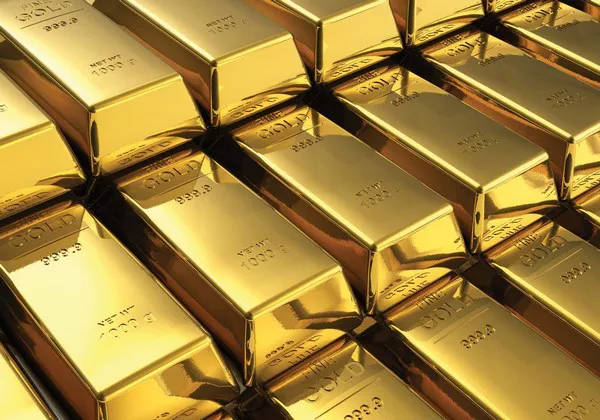On June 17, gold prices in India experienced a modest correction, with retail rates easing after reaching record highs last week. The average price of 24-carat gold settled at ₹99,370 per 10 grams, while 22-carat gold was quoted at ₹98,980. This follows a brief rally earlier in the week, when 24-carat gold breached ₹1,01,500 on Monday.
Major cities reported declining gold prices in line with global market trends. In Mumbai, 24-carat gold traded at ₹99,780 per 10 grams and 22-carat at ₹91,420. Delhi quoted slightly lower prices, with 24-carat at ₹99,610 and 22-carat at ₹91,290. Alongside international factors, domestic demand and inventory levels influenced this downward shift.
Chennai Registers Sharpest Drop in Gold Prices
Among large metropolitan areas, Chennai witnessed the steepest single-day decline. The rate for 22-carat gold fell by ₹840 per sovereign (8 grams) to ₹73,600, marking the lowest level since April’s recent high of ₹74,320. The 24-carat variety traded around ₹92,000 per 10 grams. This contrasts with relatively firmer prices in northern cities, underscoring regional market variations.
Local jewelers in Chennai noted reduced footfall and a cautious consumer outlook following the recent price swings. Traders attributed the steep fall primarily to a drop in spot demand and alignment with broader national pricing trends.
Silver Defies Gold’s Correction, Maintains Elevated Prices
While gold softened, silver continued its upward trajectory, maintaining prices close to record levels. The average rate for silver stood at ₹109,800 per kilogram, with spot prices in Mumbai and Ahmedabad around ₹107,210 per kg. This sustained rally over the past two weeks has been driven by increased industrial demand and geopolitical uncertainties.
The contrasting movements between gold and silver reflect differing investor strategies, with silver still attracting interest as a hedge despite gold’s price retreat.
Geopolitical Tensions and Global Cues Drive Market Volatility
Recent volatility in precious metals prices has been influenced by escalating geopolitical tensions in the Middle East, particularly the rising conflict between Iran and Israel. Reports of an airstrike near Iran’s nuclear facility heightened fears, pushing safe-haven demand for gold and silver.
Globally, gold futures surged above $2,300 per ounce before retreating, while silver remained supported above the $29 mark. These price swings highlight investor sensitivity to geopolitical risks and U.S. monetary policy expectations.
Indian Bullion Market Mirrors Global Trends Amid Currency Pressures
India’s bullion market closely follows international benchmarks, currency fluctuations, and import duties. The rupee’s depreciation past ₹86 against the U.S. dollar has increased import costs for gold, contributing to price pressures. The June 17 correction signals a tempering of speculative buying and a move toward price stabilization.
Jewelry retailers reported mixed demand patterns: rural markets showed relative steadiness, while urban consumers remained cautious amid price volatility. These dynamics have affected both retail and wholesale bookings ahead of the upcoming festive and wedding seasons.
Outlook for Precious Metals Remains Tied to Global Developments
Indian gold prices will continue to be sensitive to global financial markets, central bank policies, and evolving geopolitical risks. Although gold prices have cooled from their peaks, renewed tensions or shifts in monetary policy could reignite demand for safe-haven assets.
Meanwhile, silver’s persistent strength positions it as a favored alternative hedge for investors navigating an uncertain economic landscape.


